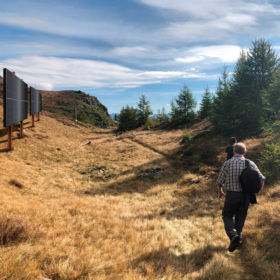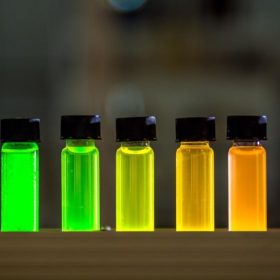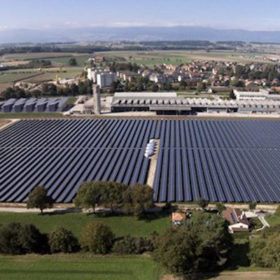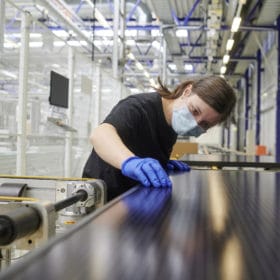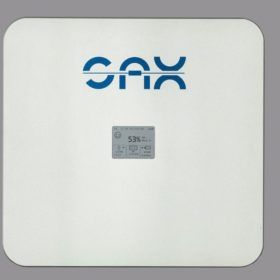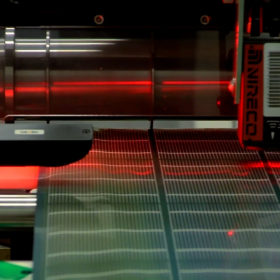Alpiq plans 18MW vertical bifacial PV plant in the Swiss Alps
The Gondosolar project will be built at an altitude of over 2,000m and is expected to produce around 23.3 million kWh of electricity per year.
Quantum dot layer pushes perovskite solar cell efficiency up to 25.7%
Researchers in Switzerland have replaced the electron transport layers in perovskite solar cells with a thin layer of quantum dots. On an area of 0.08cm2, they achieved a record efficiency of 25.7% and high operational stability.
Switzerland’s largest solar park planned to power refinery
The PV facility will have a capacity of 7.7MW and will rely on 19,000 of the latest generation solar modules from the Swiss Center for Electronics and Microtechnology (CSEM).
Korea Zinc invests in gravity storage developer Energy Vault
Korea Zinc, non-ferrous metal smelting company, has agreed to invest $50 million in Energy Vault, a Switzerland-based gravity storage specialist, in order to use its tech to decarbonize its refining and smelting operations in Australia.
Covid-19 forces Meyer Burger to reduce solar module output, increase panel prices for 2022
An above-average employee sickness absence is forcing the Switzerland-based solar panel manufacturer to slow down production until the end of January. Meyer Burger has also informed customers that the prices for its solar modules will rise in the coming year.
Germany will continue to dominate European home battery market – no matter who is in government
Industry association SolarPower Europe expects little change in the line-up of Europe’s biggest residential battery markets in four years’ time, with a rush of retrofits as turn-of-the-century solar feed-in tariffs begin to expire, set to keep Germany way ahead of the pack.
The solar facade with a golden glow
A 163 kW solar façade is powering the new building of Basel’s Office for Environment and Energy in Switzerland. Swiss manufacturer Megasol provided special modules on 3D fused glass for the vertical BIPV installation.
Mesoporous carbon for a 20-year stable perovskite solar cell
Scientists in Japan and Europe investigated the long-term stability of perovskite solar cells utilizing layers of mesoporous carbon, building on previous work demonstrating the strong potential of this approach. This latest work demonstrates a light-soaking effect, which allowed them to fabricate cells that retained 92% of their initial performance after 3,000 hours in damp heat conditions – which the researchers say is equivalent to 20 years in the field.
Switzerland allocates $488.5 million for solar rebates in 2022
This year, more than 18,000 photovoltaic systems, totaling around 360 MW, have already been registered for the one-off payment. The rebate covers around 20% of the investment costs, depending on the system performance.
Solar tile with anti-glare coating from Switzerland
Swiss manufacturer Megasol said the new product is compatible with the most common tile formats and also available in different colors. Megasol has also developed a coating that eliminates the glare effect of solar modules.
